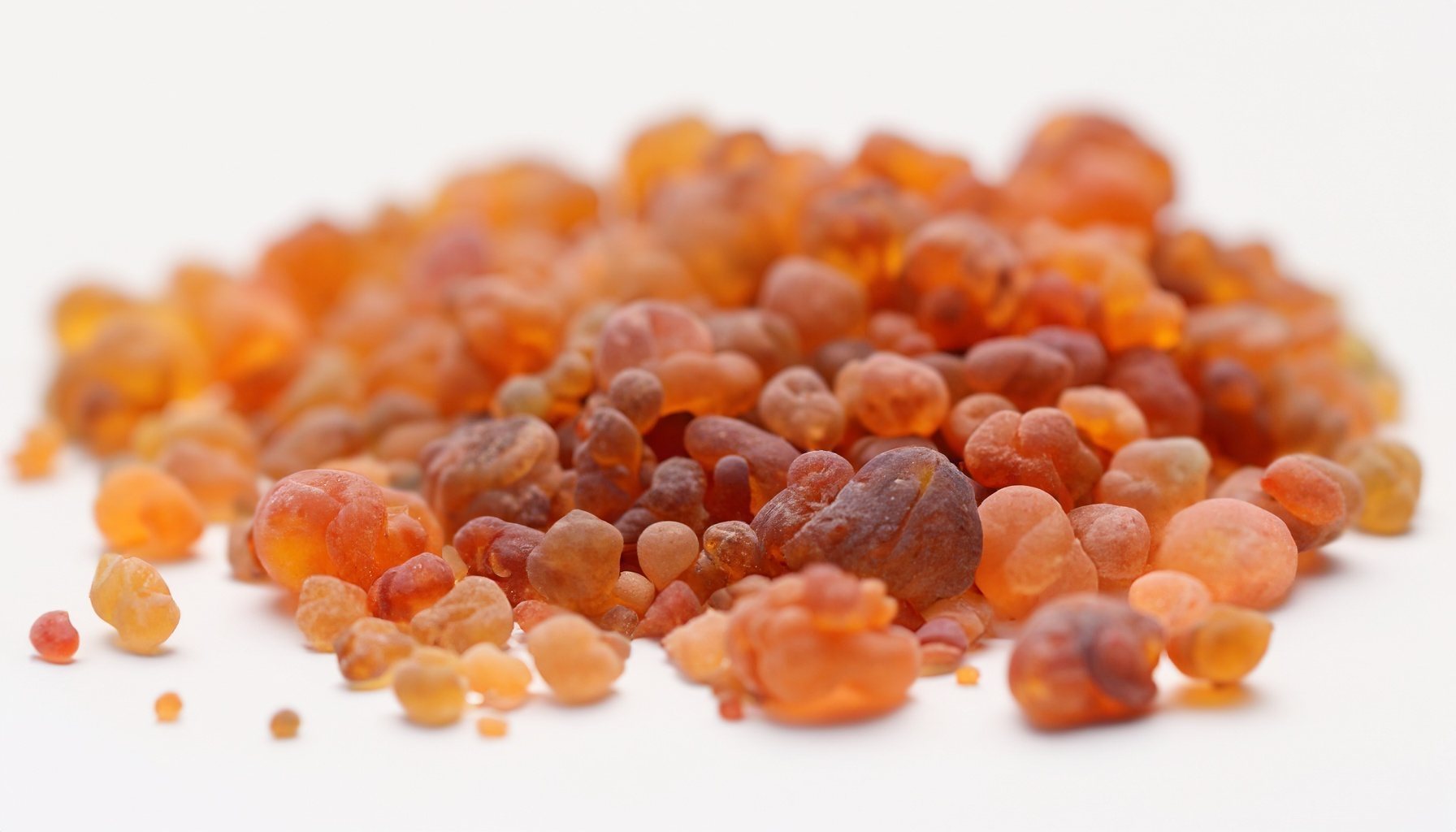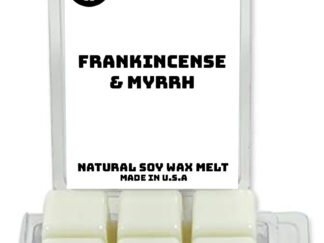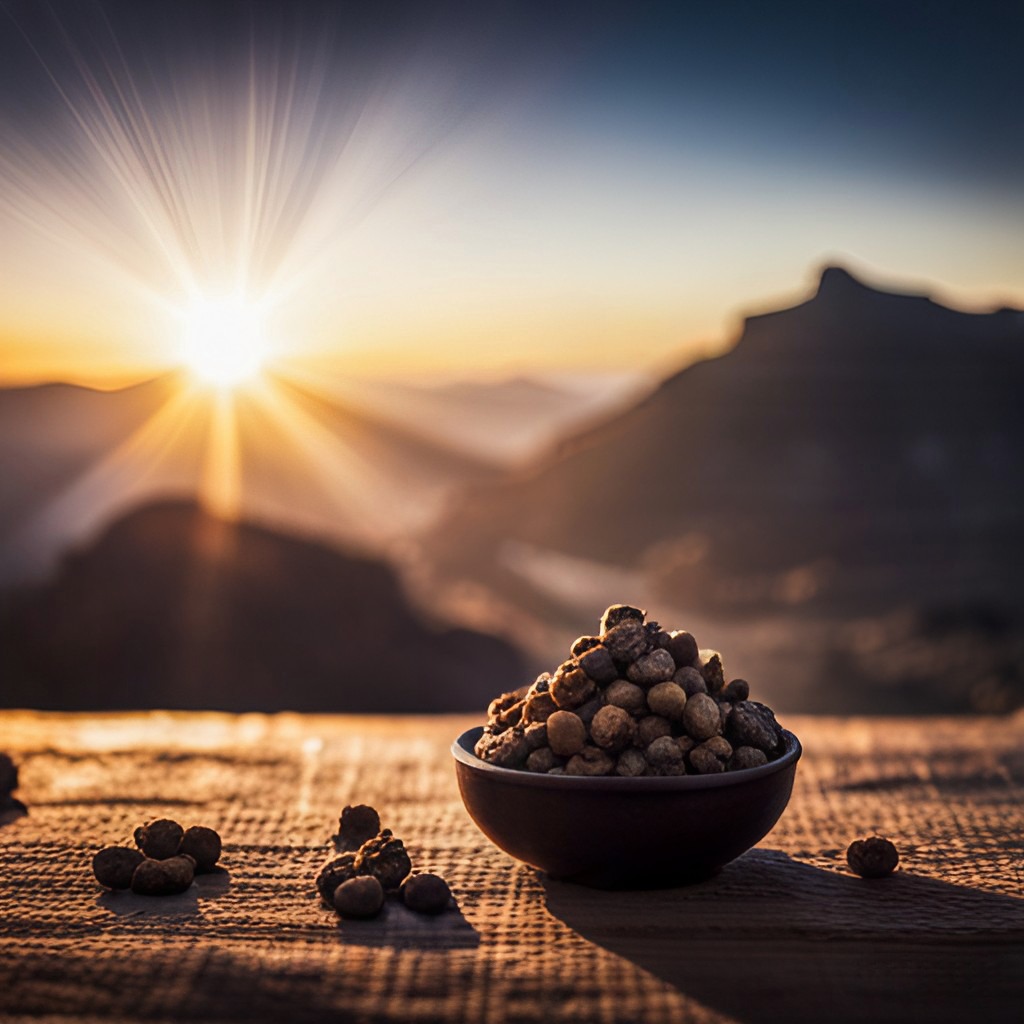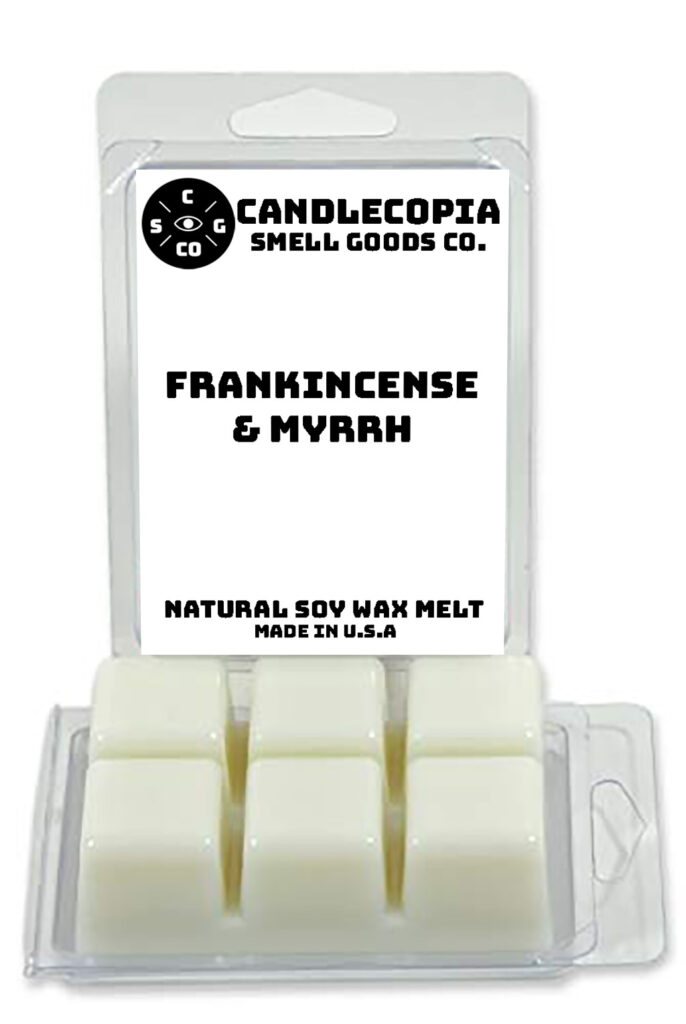
Harvested from the tears of the Boswellia tree, frankincense resin has graced human civilization for thousands of years. But what exactly is frankincense? How is it used, and what benefits does it offer?
Frankincense is a type of aromatic resin obtained from trees of the genus Boswellia. It has been used for thousands of years in various cultures for its medicinal properties, aromatic qualities, and in religious ceremonies.
Frankincense is native to regions of Africa, the Middle East, and the Indian subcontinent. The resin is harvested from wild Boswellia trees, particularly in countries like Somalia, Ethiopia, Oman, and Yemen.
Frankincense is widely used in aromatherapy, traditional medicine, and religious rituals. It can be burned as incense, applied topically as an essential oil, or taken internally in small amounts for medicinal purposes.
It is believed to have various health benefits, including anti-inflammatory, anti-anxiety, and anti-cancer properties. However, more scientific research is needed to validate many of these claims.
Small amounts of frankincense can be ingested for certain health benefits, but it is crucial to ensure the product’s purity and quality. Always consult with a qualified health professional before consuming frankincense to ensure it is safe for your specific health condition and circumstances.
Yes, frankincense essential oil is often applied to the skin. However, it should be diluted with a carrier oil to avoid irritation. Always do a patch test before full application to ensure no adverse reactions.
Harvesters make incisions into the bark of the Boswellia tree, allowing the resin to bleed out and harden into tears. These tears are then collected and processed.
Yes, there are several types of frankincense, including Boswellia serrata, Boswellia carterii, and Boswellia sacra. Each type has its own unique properties and uses.
Some people use frankincense in aromatherapy to help alleviate anxiety and depression. However, it’s always best to consult with a mental health professional for appropriate treatment and guidance.
Frankincense should be stored in a cool, dry place, away from direct sunlight. Keep the resin or essential oil in an airtight container to maintain its aroma and potency.
See also: 12 Iconic Natural Aromatics
-
Product on sale
 Frankincense & Myrrh Wax Melts by Candlecopia®, 2 PackOriginal price was: $11.95.$10.15Current price is: $10.15.
Frankincense & Myrrh Wax Melts by Candlecopia®, 2 PackOriginal price was: $11.95.$10.15Current price is: $10.15.
Disclaimer
Always consult with a qualified health professional before using frankincense for medicinal purposes. The information in this FAQ is for general informational purposes only and should not be construed as medical advice.


